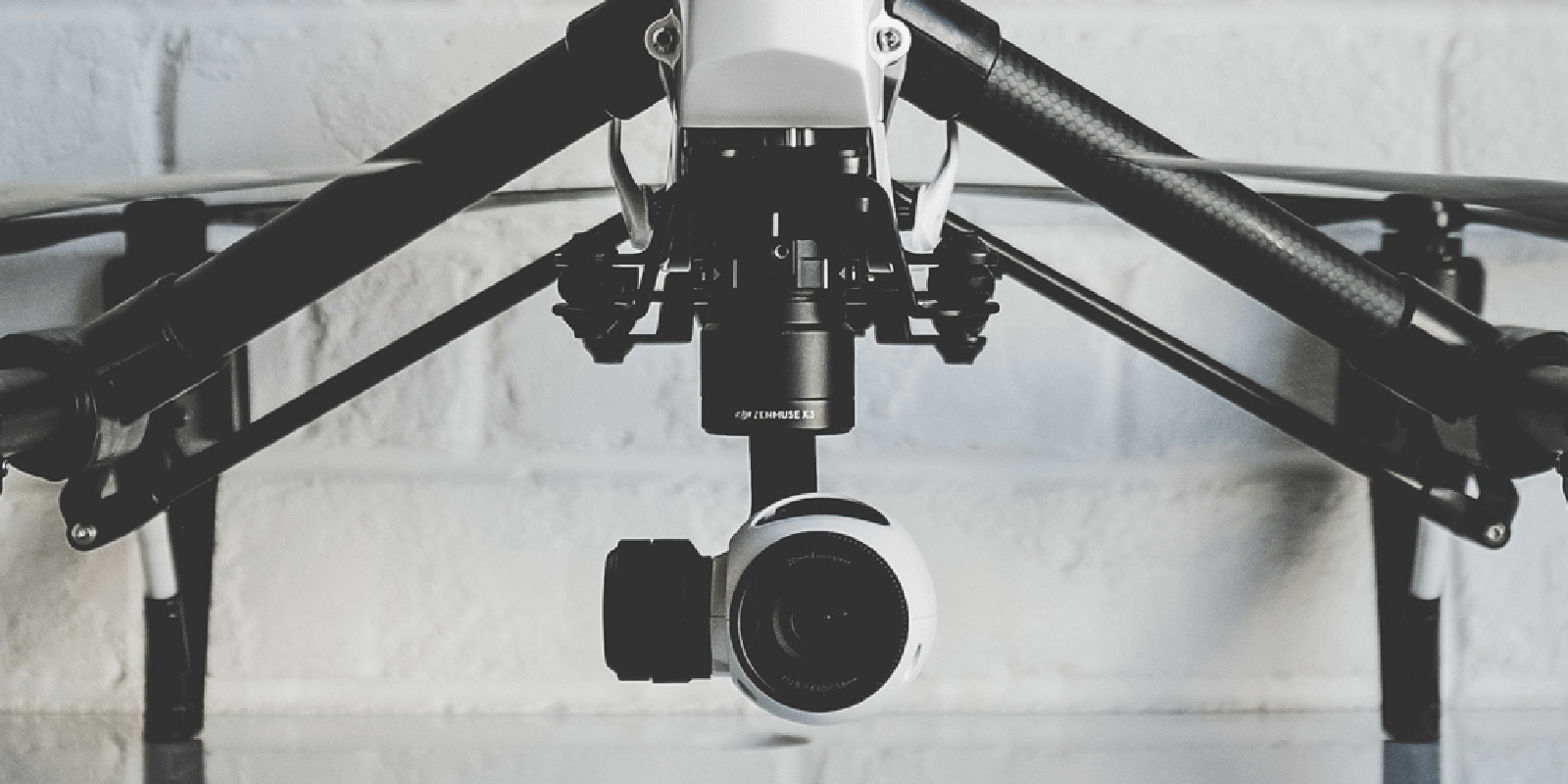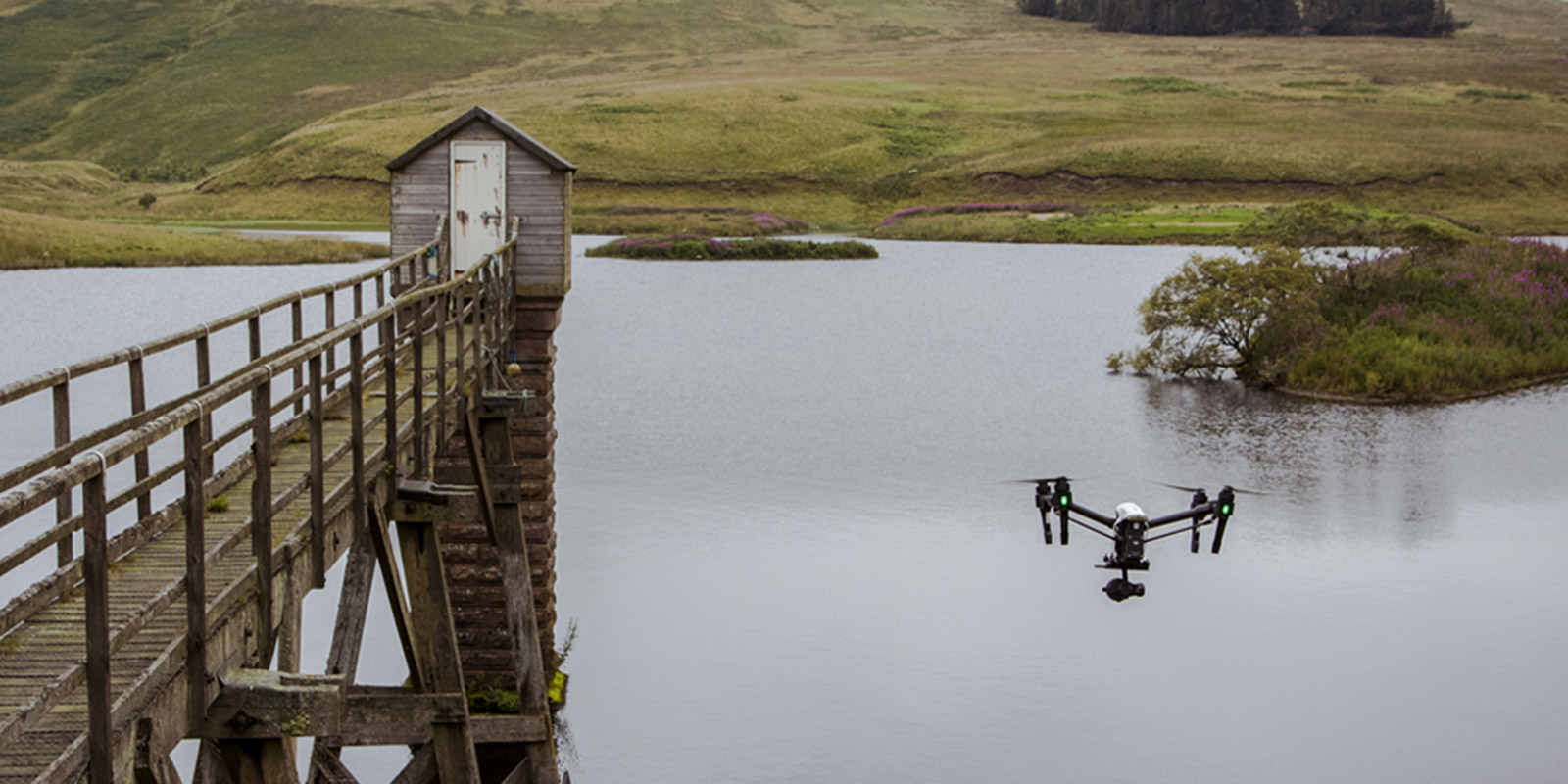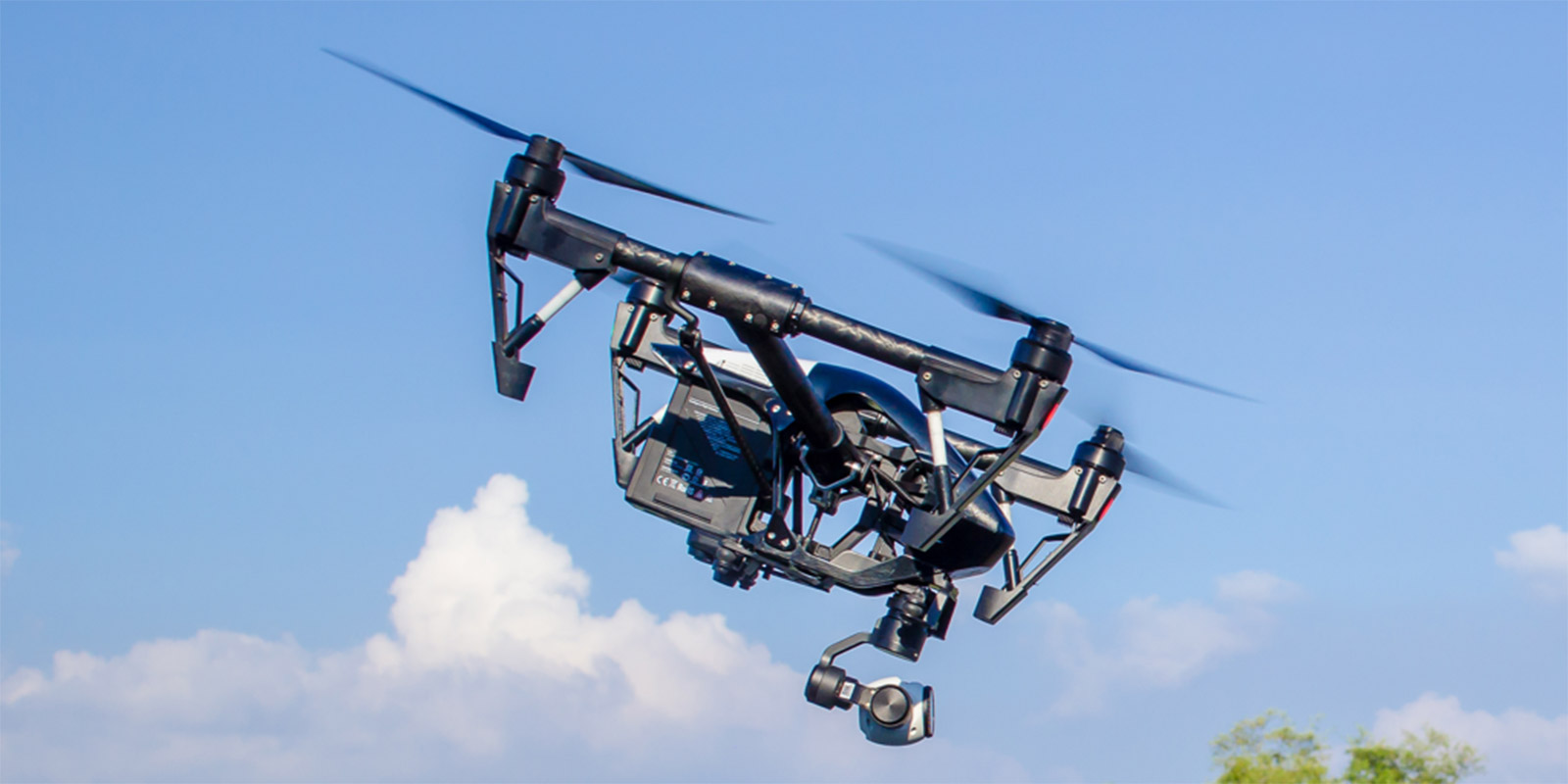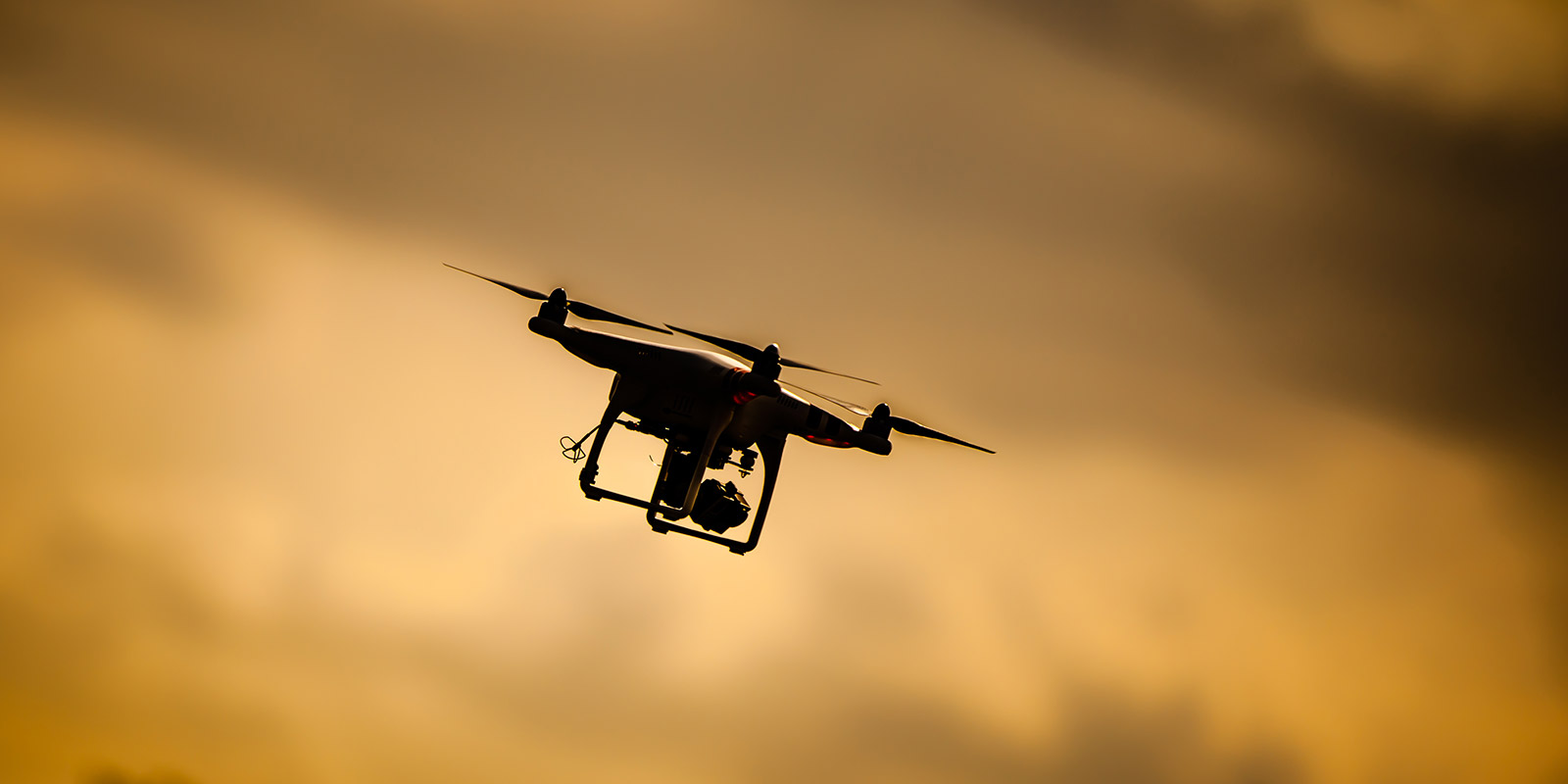The reason we decided to use drone photography at Method Design was that it felt like a perfect 'cherry on top' addition to our creative packages for clients.
Paul and I completed a three-day course to become fully qualified as drone pilots. We were required to know all of the theory around flying before we began. On the course, we met a pilot who used to be in the Norwegian army and who also flew Jumbo jets. We learnt a lot from him; he was telling us that pilots actually can’t tell the difference between a drone and a plastic bag, all this inflammatory media coverage reporting on near collisions with planes isn’t always correct. We completed the course along with the final exams, then the next day we undertook a practical, our wind conditions for this part were testing! There are instructors present all times putting everyone through their paces, similar to a driving test. During the flight test itself, we were required to complete some manoeuvres, such as flying up to a certain height without looking on our displays, then going across to another point, producing a perfect circle and then returning to the starting point at a set angle of descent. During the exam, the examinator will ask you to turn off your remote control entirely; the drone should land itself, this ensures you have set up the drone with the appropriate fail-safes.
We always keep the unmanned aerial vehicle (UAV) in our visual line of sight, nothing should obscure our view, not even obstacles like fog or a tree, you should always be able to see the drone clearly. A lot of people think that because you can see what the drone is seeing, things are safe. They wrongly focus on the controller to try to see what the drone is seeing. Paul and I prefer to dual operate the drones, so if we are trying to get that extra difficult shot, one person can just concentrate on flying the drone safely, guiding the UAV and the other can be looking at the camera view overhead capturing the required shots. That way we ensure a safe flight and achieve the result that our client needs. There's a lot to consider when it comes to trying to get that perfect shot, if one operator is both cameraman and pilot then it's much harder to be both safe and legal. We don’t push it too much; we can fly up to 120 metres in the air, that's our legal limit. We stick to below that at all times. You lose the best shots once you are too high. The utmost important control factors concerned with drone flying, put safety first, from start to finish.
The demand for drone photography is so dynamic, with requirements sending us up and down the country. Recently we have been working with rugby clubs, to aid their training. We have shot team training, capturing where the ball is placed with regards to running lines. We then give the footage or live feed to the analysts and they can see on the monitor what is happening while we are shooting. They instruct us on where to position the drone, briefing us on what drills they are going to do or what they are looking out for and we then get into the position. A lot of the clubs have filming set up from the ground at a horizontal angle, then we can position ourselves right up over the top, so the analysts can see the players formation and understand where gaps might be appearing. The feedback we get from the analysts is excellent because we can access what they can’t see and therefore give them invaluable information to improve the team's performance. It all affects how they play on the pitch so, from our drone footage, their performance can improve.
Technology in the drone world is moving at a fast rate. Search and rescue use drones a lot now because their thermal cameras can pick up body heat and locate precisely where people are situated. It’s a lot cheaper than getting a helicopter up there, which could cost about £10k. Using a drone will only cost a fraction of that. There was a rescue, quite recently, where a life was saved by dropping warm blankets to a stranded individual. Drone technology is moving rapidly, and there are now drones which can fly using nothing but hand signals!
With regards to Method Design, l think we will be using drones a lot more. Some of the shots we manage are glorious. The problem we have surrounds how highly regulated flying is, there are so many restrictions that it can be difficult when clients ask for specific shots. City spaces aren’t easy to shoot. Though we are regulated, we can apply to CAA for extra permissions so that we can fly at night and with closer parameters but it is essential to have that permission beforehand. We have managed to achieve some fantastic angle shots, which you just couldn't get with regular photography or videos, one of the tricks is to never shoot from your eye line because people see those angles and views every day. Drone photography is so beautiful, providing impressive sky height landscapes usually only witnessed by birds.
I think drone photography will always play a big part in our work, it just gives us that extra edge. My ultra view to capture would be the fjords in Norway, that would just be stunning, I just need to nudge Fish4Dogs to send us there!



